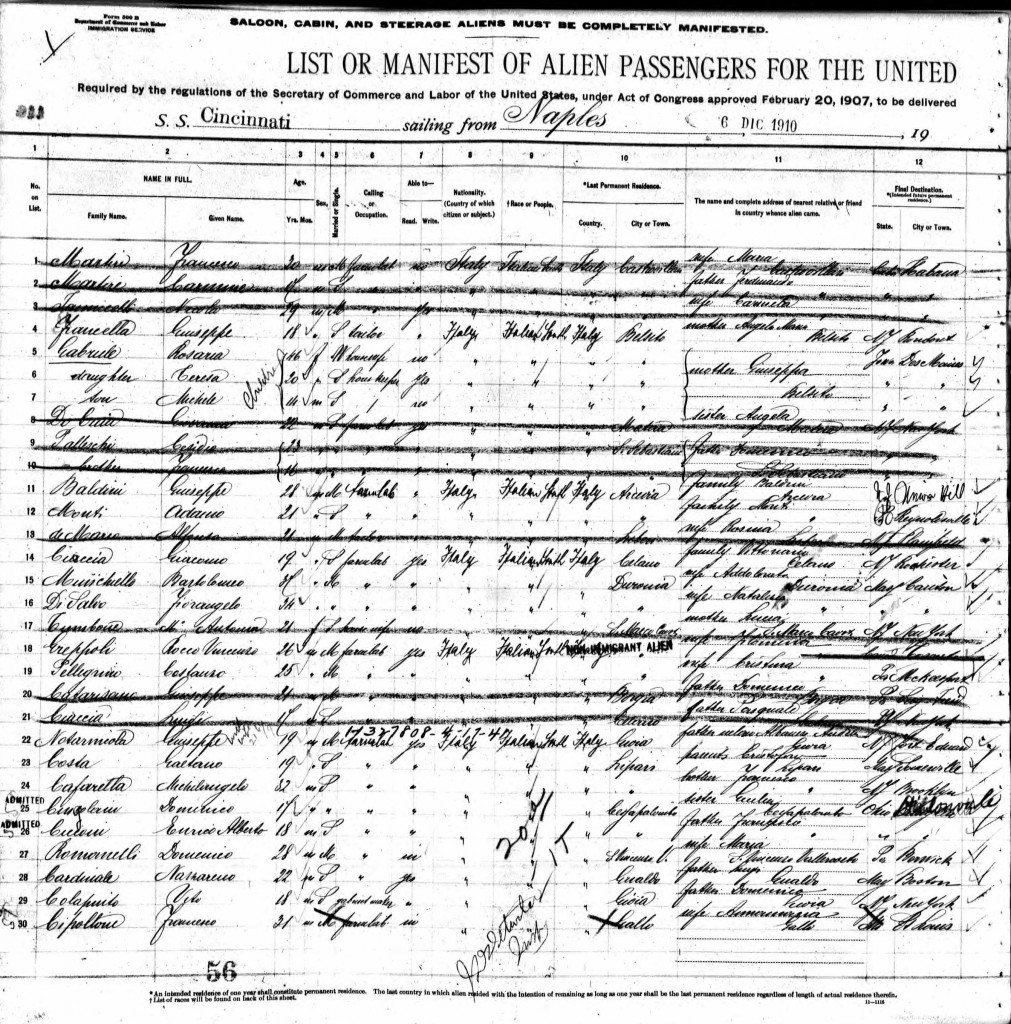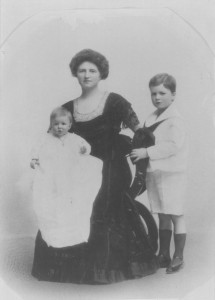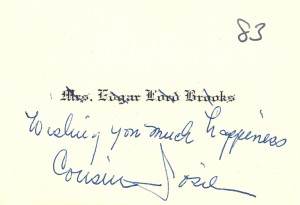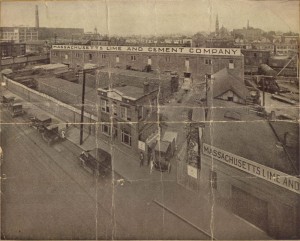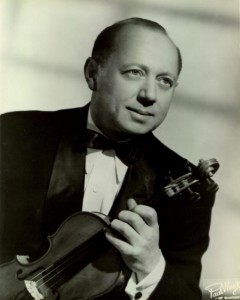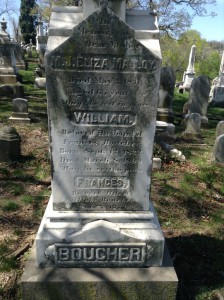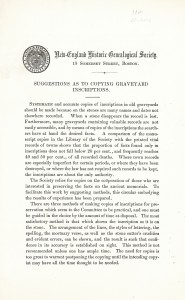
When I first began researching at the NEHGS Library, I was drawn to the wide array of cemetery records that could be found in published books and donated manuscripts. It’s not by choice that I spend time locating cemetery records; it is because many family members had the ‘misfortune’ of living in New York State, where, outside of New York City, vital records registration did not start until 1881. Instead of using cemetery records to supplement birth and death dates, they often represent the only vital information on my ancestors. Continue reading Tiptoe through the tombstones
